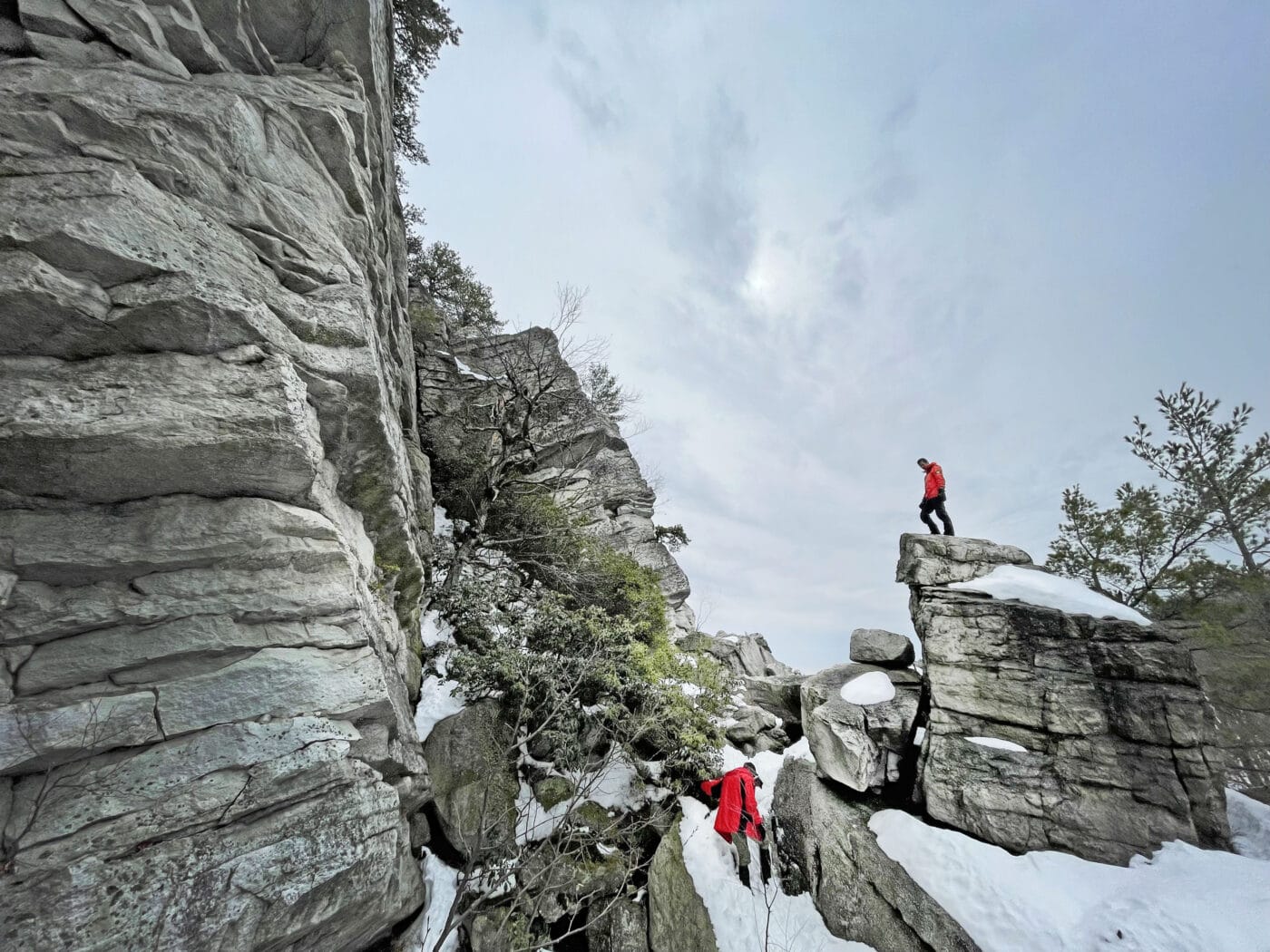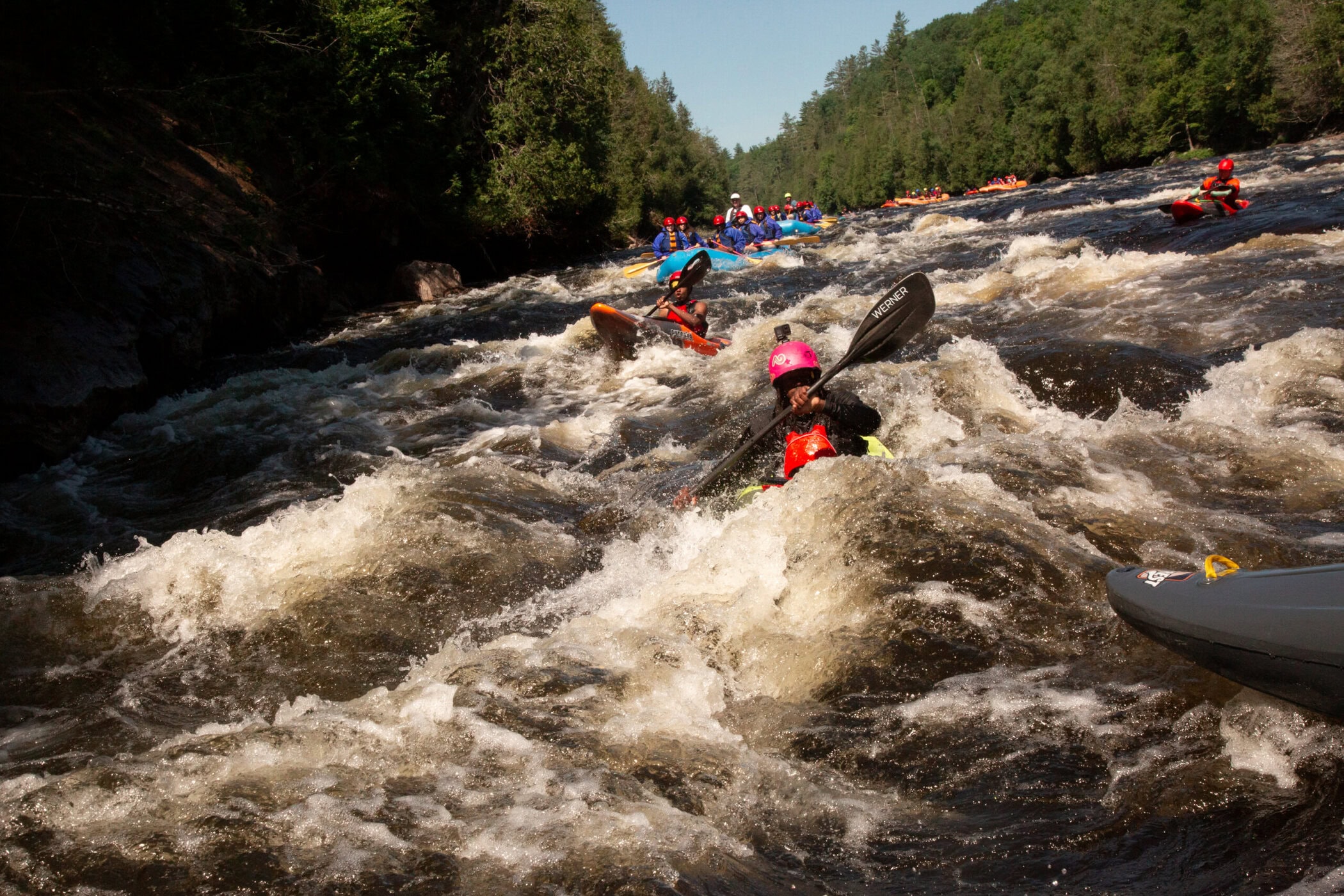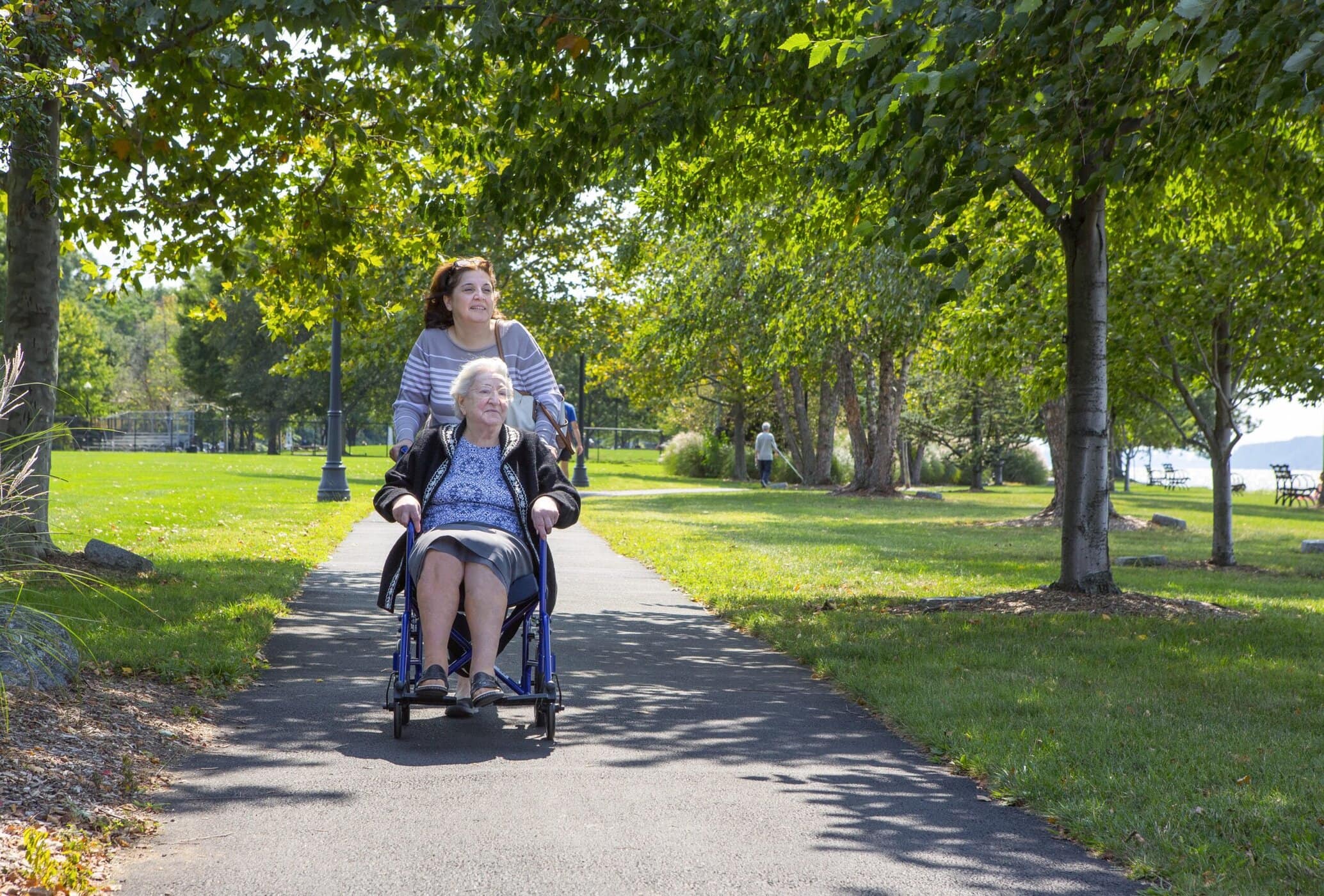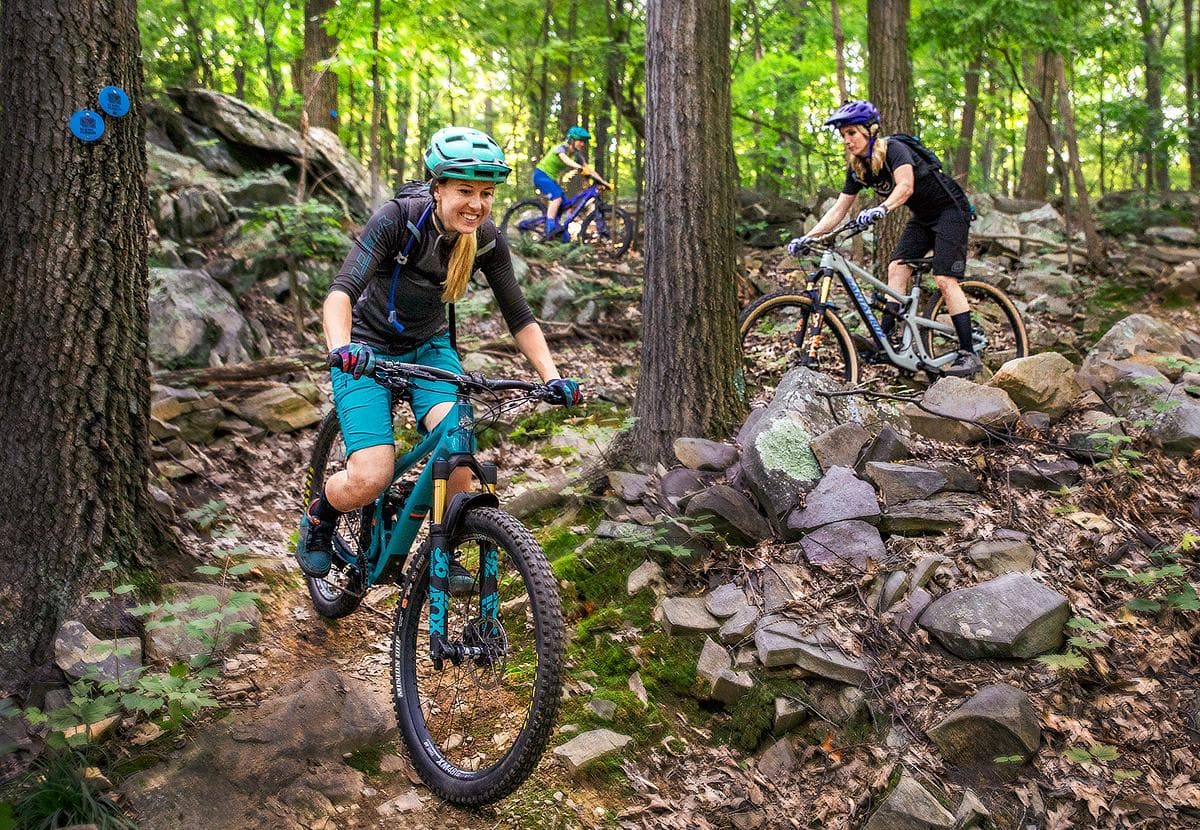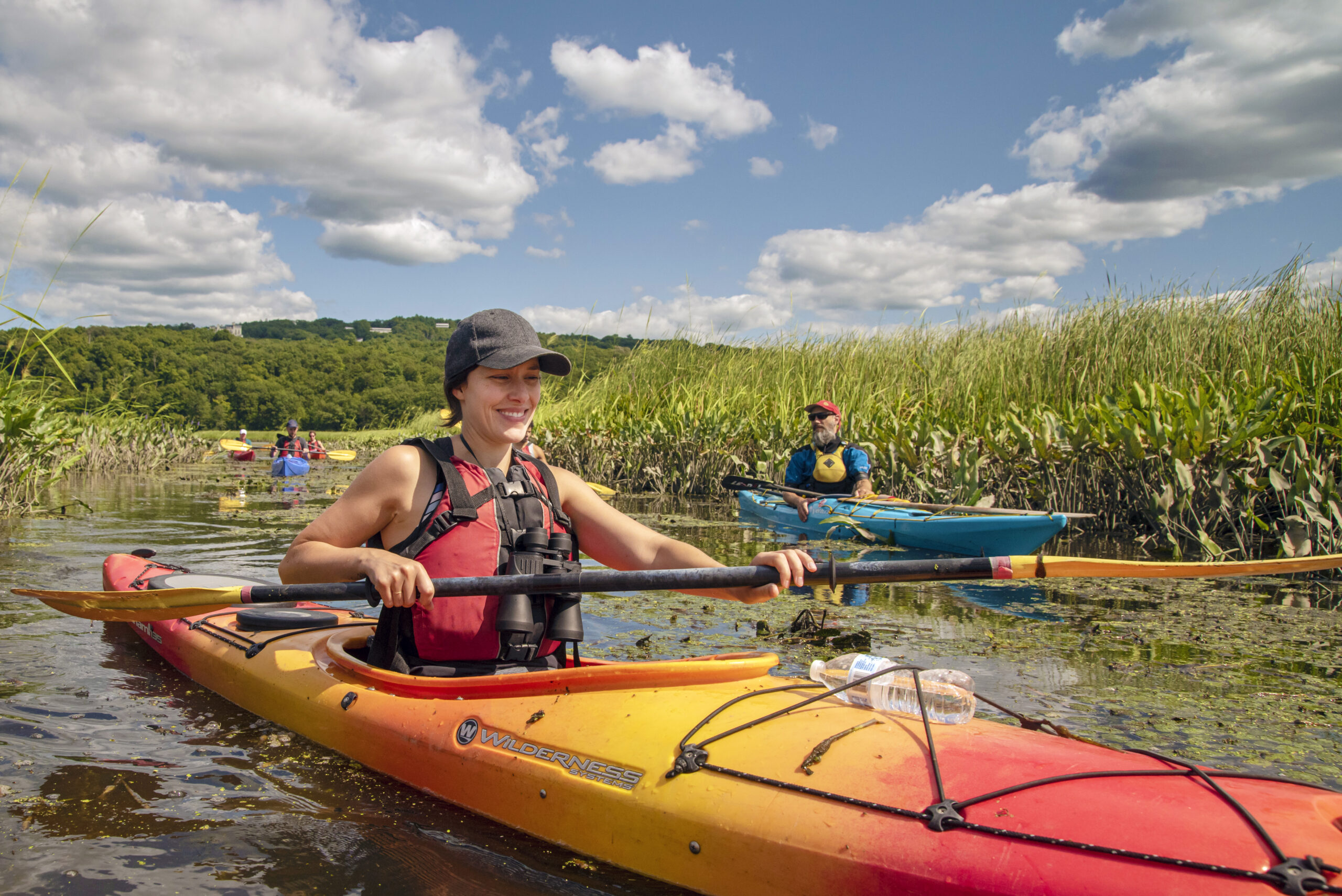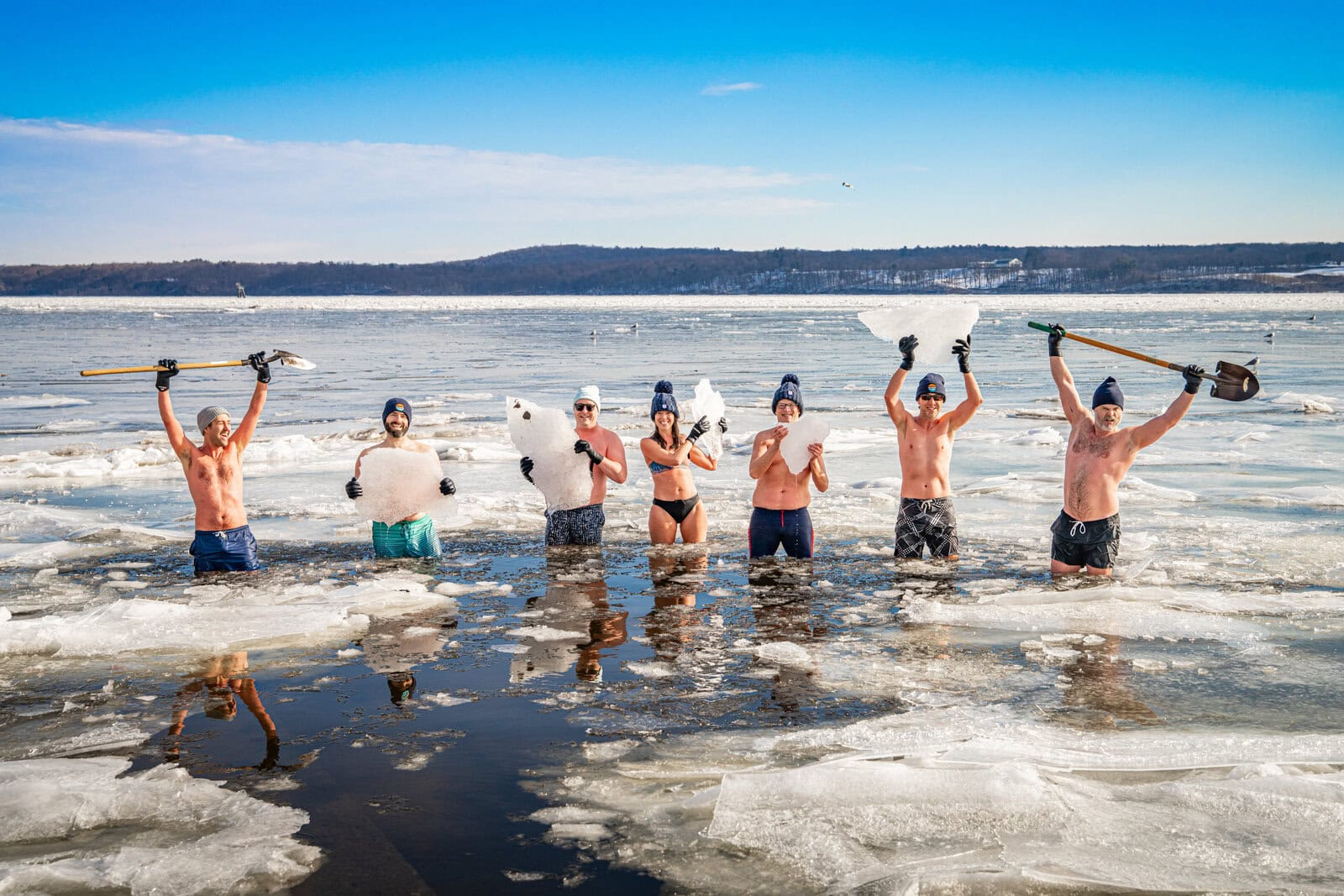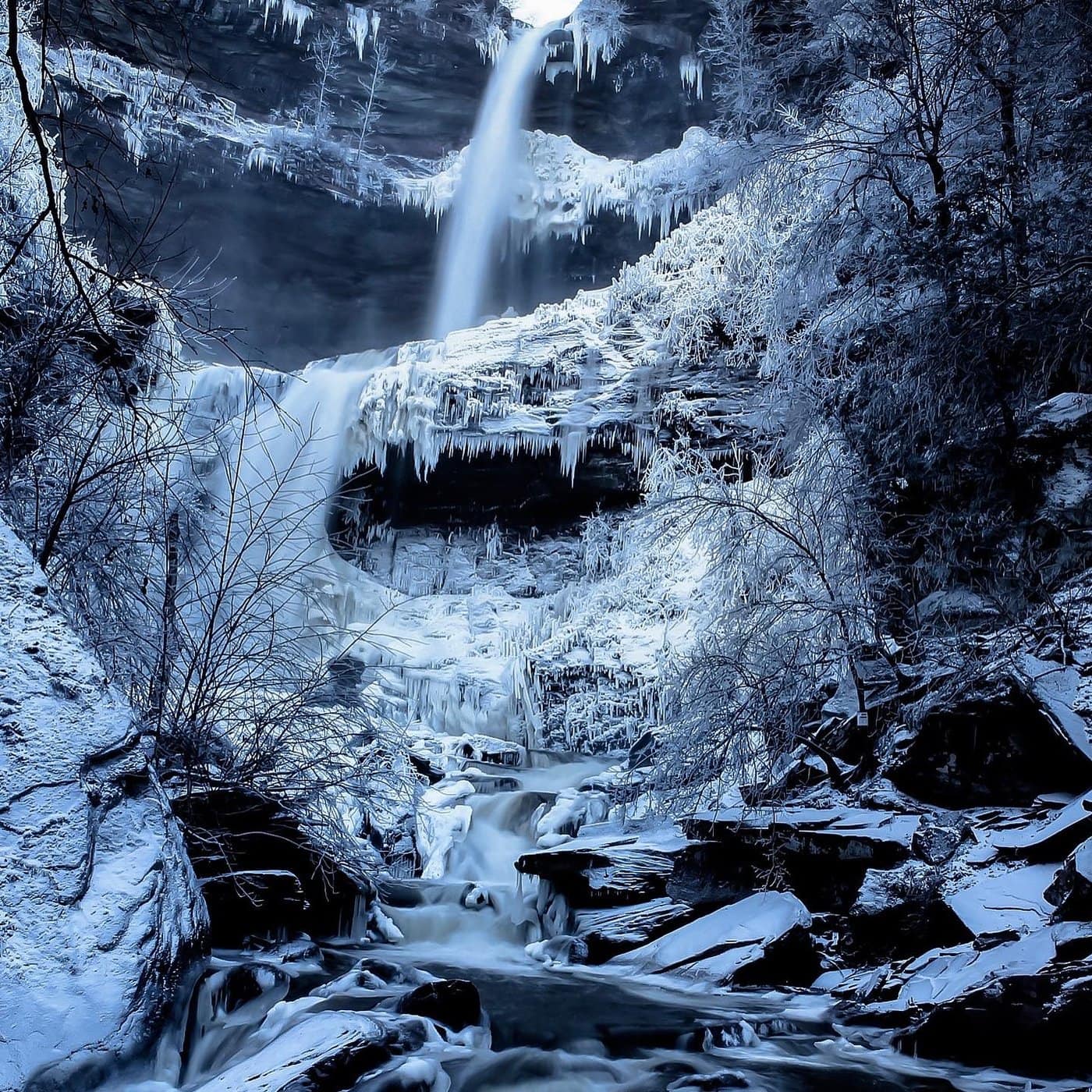One chilly day in late 2016, Jake Haisley pulled into a parking lot in the Adirondacks and found himself in the middle of an emergency. Rangers with the New York Department of Environmental Conservation had swarmed the trailhead in search of a young couple gone missing in the snow near Algonquin Peak. They asked Haisley to keep an eye out as he and his companions embarked on their own hike.
Haisley wasn’t the hero that day. (Rangers eventually airlifted the couple off the mountain safely in a State Police helicopter.) But the excitement of seeing a skilled team operating for the greater good in the great outdoors, and of being even a peripheral part of that effort, lingered with him.
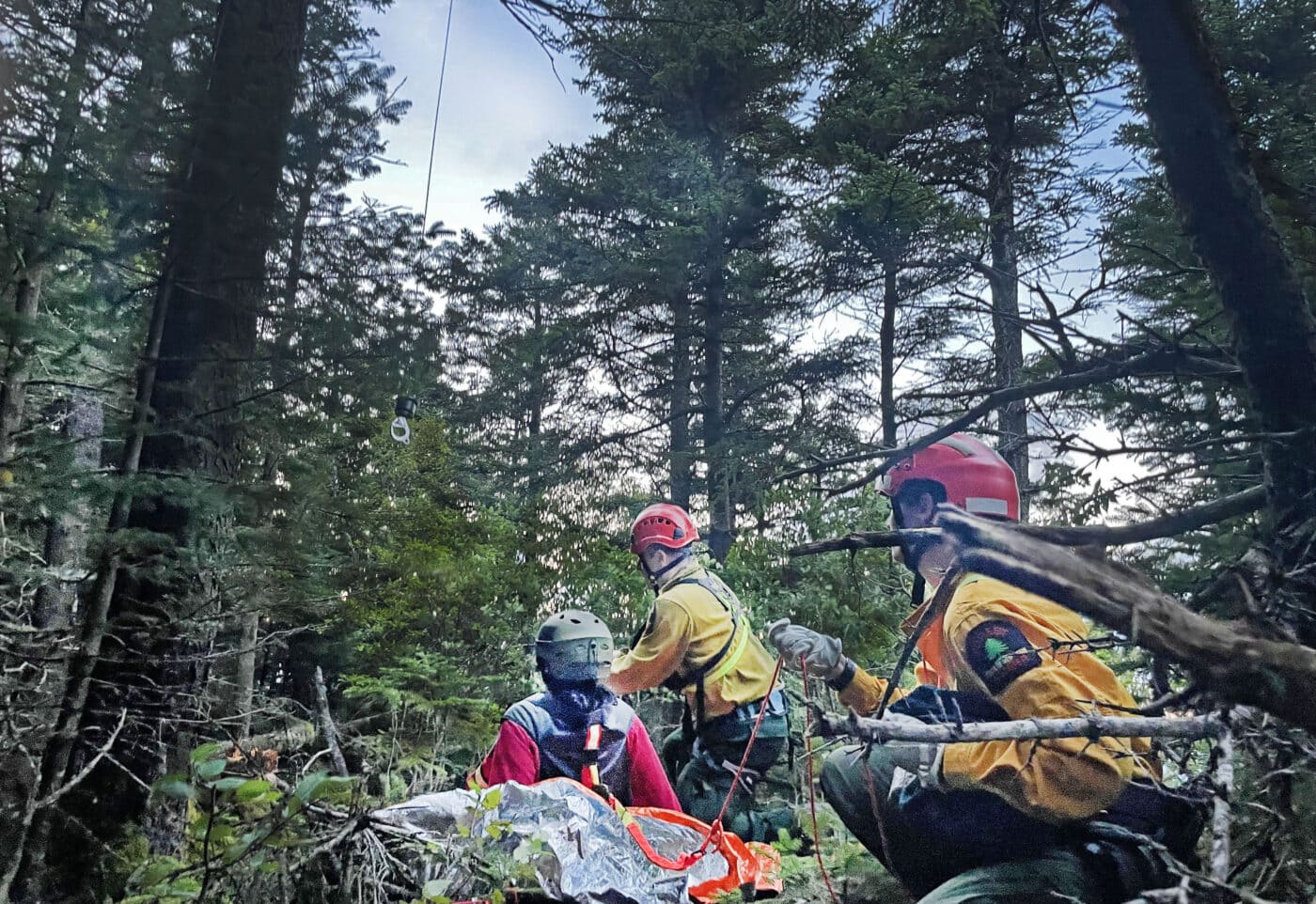
Now, Haisley leads a team of his own as the chairperson of Catskill Mountain Search and Rescue (CMSAR). Founded in 2018 through the Catskill 3500 Club, a regional hiking organization, the group is part of the New York State Federation of Search and Rescue Teams, a network of trained volunteers ready and willing to head into the woods whenever trouble may call.
“Plan B”
CMSAR and other volunteer teams aren’t New York’s first line of defense for wilderness rescue, emphasizes Haisley. State rangers handle the vast majority of missions themselves; they’ve responded to over 310 calls for search, rescue, and recovery in the Catskills region alone since 2020.
But about once or twice a month, rangers or other officials reach out for the team’s support. “Sometimes, they need an alternative. If Plan A doesn’t work, it’s good to have us as Plan B,” Haisley says.
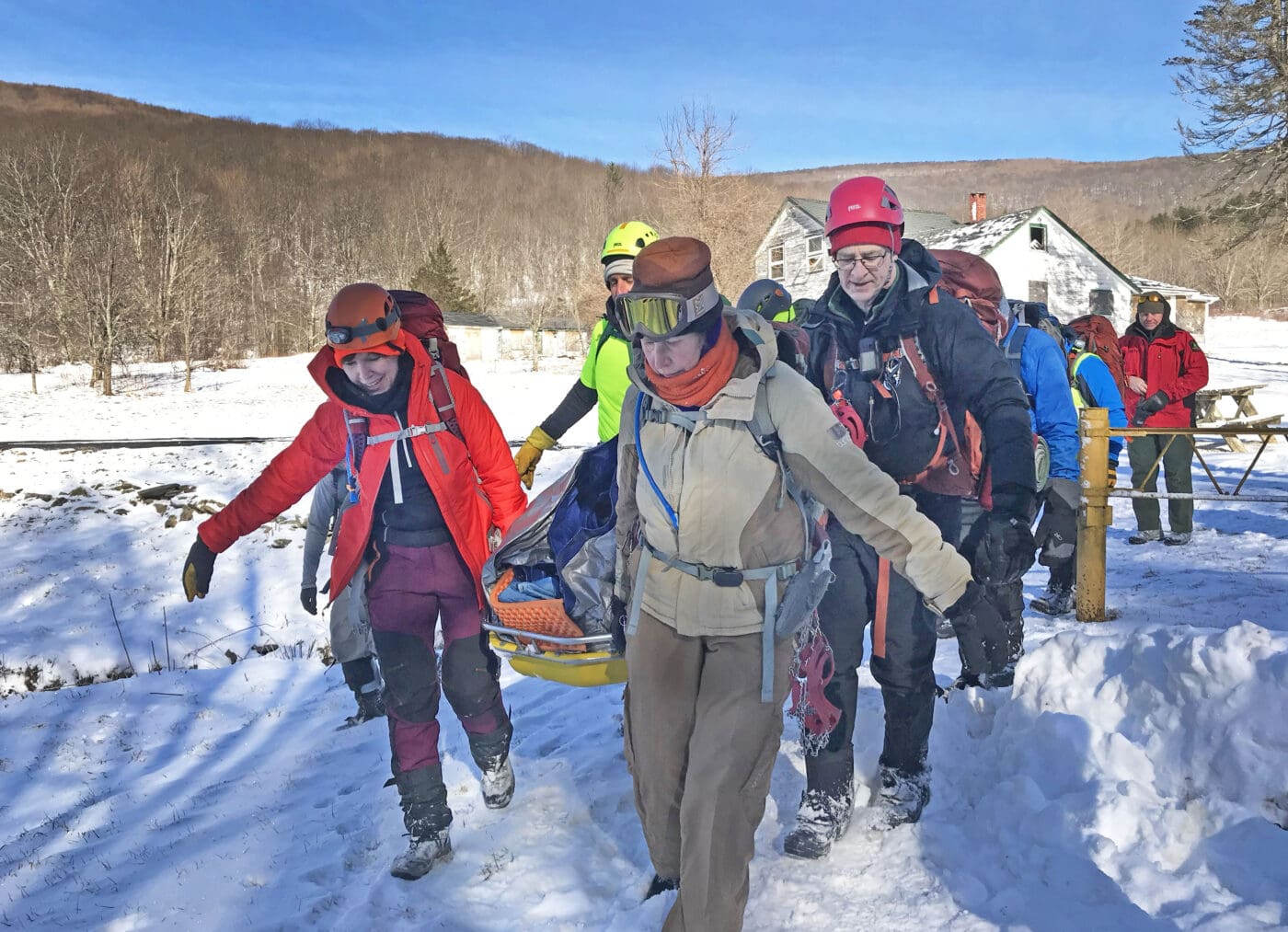
State Ranger Russell Martin, whose patrol area includes much of the Catskills, says that call usually comes when a search starts to stretch into its second or third day.
“We’re normally looking at something that’s grown pretty big, where we want those extra, better-trained resources to come and assist us in large area searches,” Martin explains. “When we see six or eight guys and women, all super well-equipped and dressed as a unit, we know that they have the skills to go out there and be helpful, do a good search, and come back alive.”
Each of CMSAR’s 22 “mission-ready” members has gone through a year of monthly in-person trainings, as well as a slew of online courses. They earn certification in wilderness medicine, get familiar with the structure of rescue operations, drill techniques for efficiently searching an area, and practice outdoor skills like building shelters and tying knots.
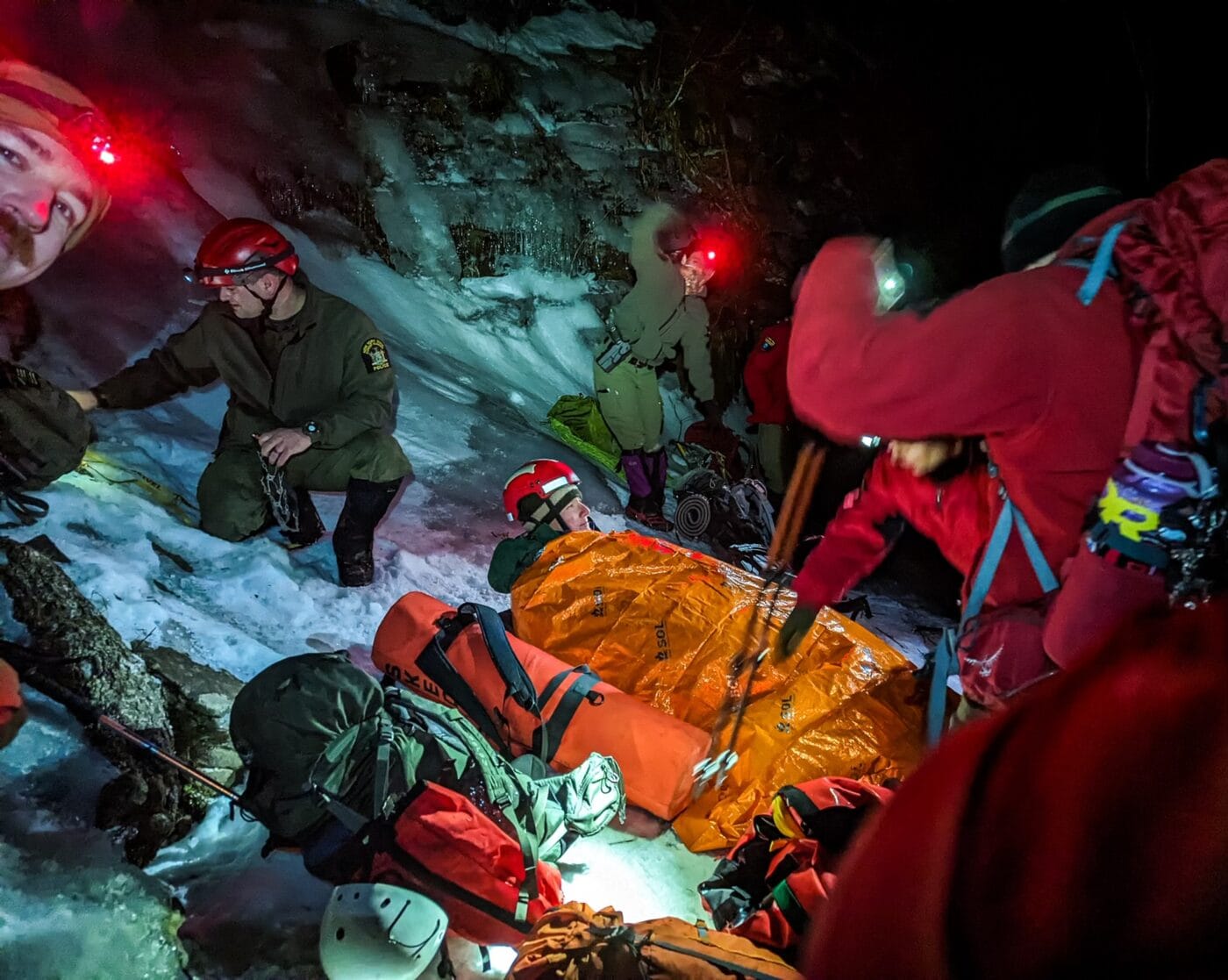
The team recruits avid hikers looking to expand their capacities — like Erica Pellegrino, who climbed all 35 of the Catskill High Peaks in two months after moving to the area from Baltimore in 2020. She started training as a rescuer later that year, both to assist others and become a better recreational hike leader.
Pellegrino loves the camaraderie that comes from being part of a team of dedicated volunteers. And she finds it deeply rewarding to be prepared for difficult situations. “It’s confidence, knowing that you have a certain level of skill sets that, if something were to happen, you’d be able to help,” she says.
Winter Warnings
Most rescue missions take place during the summer, when hikers are more active. Many are relatively simple; Martin jokes that he often runs a “headlamp delivery service” for people who find themselves on trails without a light after dark.
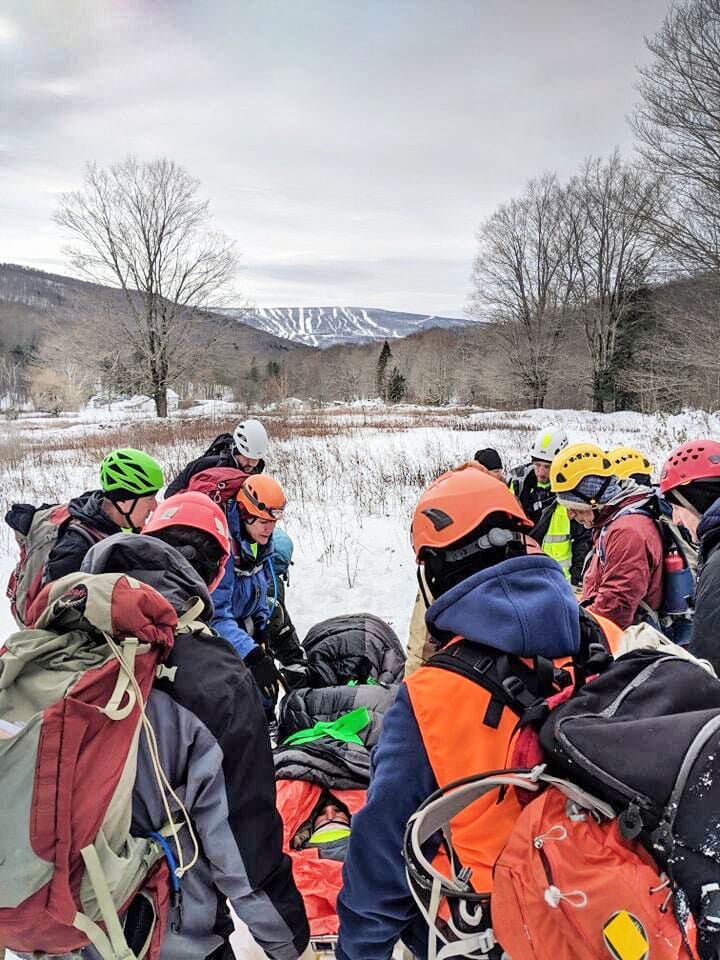
While less common, winter rescues can be much more complicated. At a basic level, the risk of hypothermia greatly ramps up the urgency of finding a lost hiker. Shorter days mean more time working in the dark.
Search crews also have to carry significantly more gear, from camp stoves and hand warmers to insulating covers that can separate an injured person from the ground. Martin says that equipment can get combined into a “hypo wrap” for hypothermia patients, essentially a “giant burrito of super warm stuff: chemical packs, a couple of absorbent layers, then finally a tarp.”
The danger of the colder months makes what Haisley calls “preventative search and rescue” a priority. He highlights the Catskill 3500 Club’s winter hiking preparedness class and advises people to think through their adventure plans well before setting out.
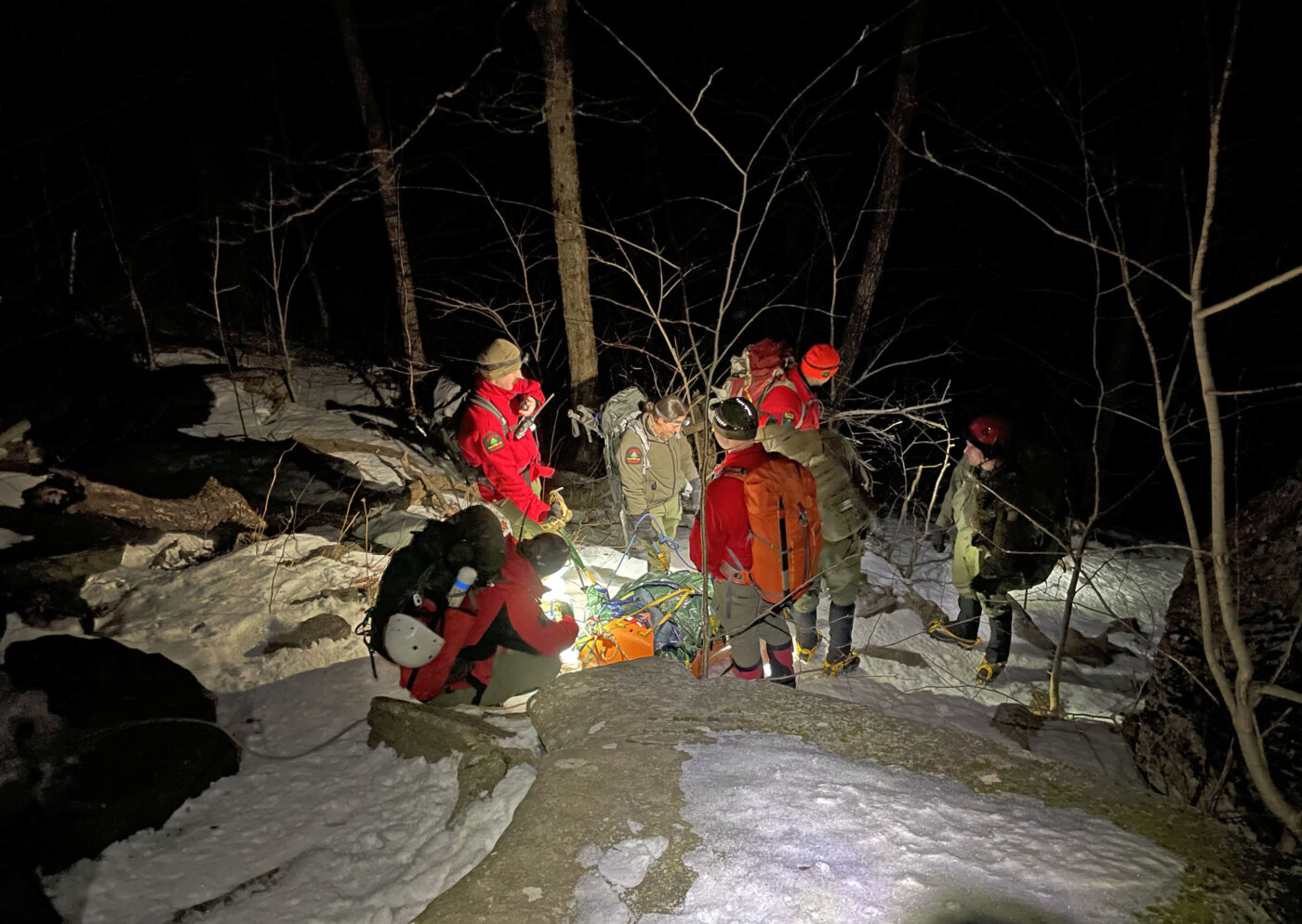
On the materials side, Haisley says, winter hikers should carry enough layers of clothing to stay warm if something stops them on the trail. Extra food and water is a must: “It’s important to keep those calories in the winter to keep the furnace going, so to speak,” he says. Footwear suited to the conditions, such as microspikes or trail crampons for ice or snowshoes for deep accumulation, is critical for navigating safely.
Just as important, adds Martin, is keeping a realistic attitude toward one’s own limitations. “Understand what your body is capable of. Nothing in the Catskills is a shallow hike,” he says. “People think they can walk a mile in city blocks, but when you add 3,000 vertical feet to that mile, it becomes a much different event.”


